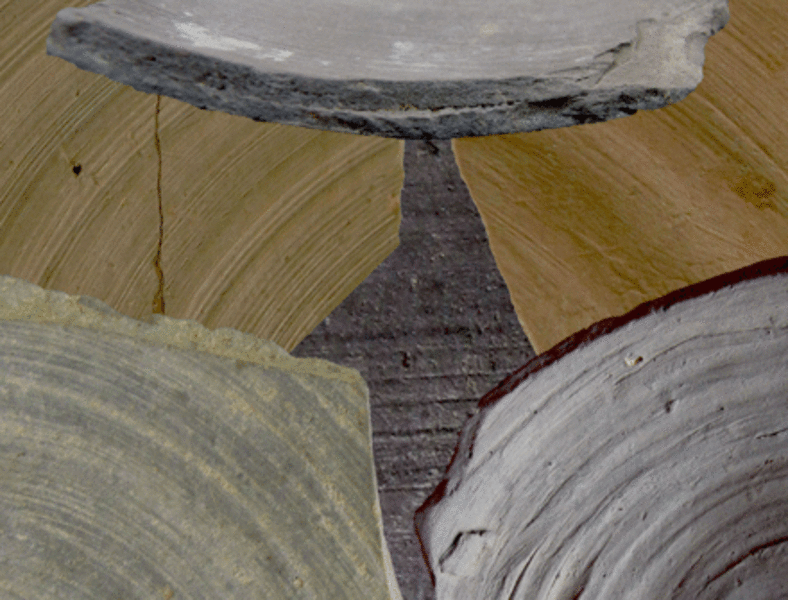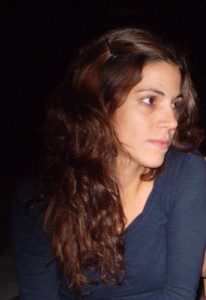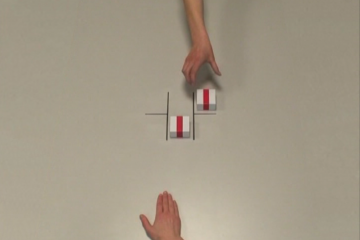
Maria CHOLEVA,
Former Fyssen 2016-2017
Mi 08.02.2017 17:30 – 18:30
OREA Lecture Room, Hollandstraße 11–13, 1020 Wien
The appearance of wheel-made pottery within an archaeological context is usually associated with the invention of the wheel-throwing technique (i.e., throwing from a lump of clay) and the so-called fast wheel. The traditional approach thus confers to the potter’s wheel a series of techno-functionalist properties such as efficiency, standardisation, and intensification in pottery productions. However, the pioneering work by Valentine Roux has revised this techno-economic determinism. She was able to show that the first wheel-made pottery in Levant (late 5th– 4th millennium BC) was the outcome of hybrid manufacturing processes combining the potter’s wheel with traditional hand-building techniques such as coiling.
The identification of this wheel-coiling technique has shed light on the sinuous trajectory in the innovation and adoption process of the potter’s wheel throughout time and space, and it urged scholars to look for the complexity in the different ways of using this tool within ceramic production. In this framework, a technological study of several ceramic assemblages from the Greek Mainland and the northern and eastern Aegean has revealed the wheel-coiling technique to be the main craft practice for producing the early wheel-made pots that appeared in the Aegean during the late 3rd millennium BC. The identification of various ways of using this technique, each one implying distinct craft knowledge and different degrees of technical specialisation, showed complex phenomena of appropriation of the wheel technology by the local communities and revealed the embeddedness of the new tool in particular potting traditions. The aim of this presentation is to (a) investigate the craft behaviours enabling the first wheel-made production in different regions of the Aegean world, (b) delineate the emergence of the new pottery traditions grounded on the innovative craft knowledge, (c) explore the impact of the new tool on the local technological systems, and (d) shed light on the mechanisms of transmission underlying the dissemination processes of the potter’s wheel throughout the Aegean.

Maria Choleva est docteur en Archéologie de l’Université Paris 1 Panthéon Sorbonne (2015). Elle est actuellement post-doctorante de la Fondation Fyssen à l’Université Catholique de Louvain, associée au groupe de recherche AEGIS. Son travail porte sur la technologie céramique et les transferts des savoir-faire pendant la préhistoire. Plus précisément, sa recherche se focalise sur l’exploration du phénomène d’apparition et de diffusion du tour de potier dans le monde égéen à l’Âge du Bronze. Son projet postdoctoral s’intitule « l’histoire d’un savoir-faire : la transmission du tour de potier et l’émergence de nouvelles traditions technologiques dans le monde égéen préhistorique » et vise à aborder les mécanismes d’appropriation d’une nouvelle pratique technique par les communautés égéennes et les transformations des systèmes techniques locaux pendant la seconde moitié du 3e millénaire BC. Elle est affiliée aux différents projets de recherche qui visent à explorer les technologies des céramiques tournées de différentes régions en Grèce et Asie Occidentale.


